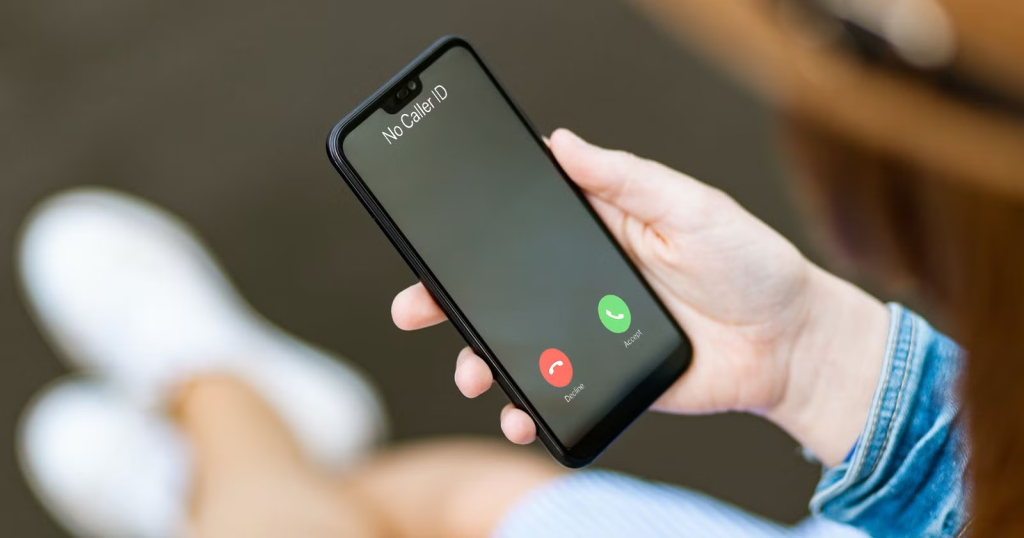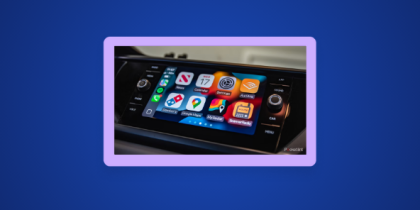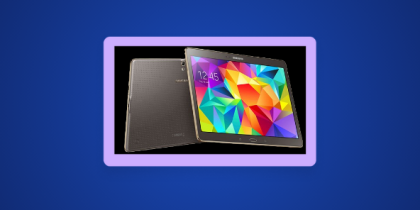All of you must have gone through this situation once, where you get a phone call and instead of a name or number on your screen, you see “No Caller ID” or “Unknown Caller.” This may be uneasy, particularly if you are in doubt about the call’s intention.
Both phrases may appear to be the same, but their meanings and reasons are different. Knowing the difference will be beneficial in making the right decision whether to answer, block, or even report the call, especially in a period when the protection of privacy and scams are critical issues.

What is No Caller ID?
Whenever you spot “No Caller ID,” it signifies that the caller has purposely concealed their phone number prior to ringing you. This is commonly achieved through the following options:
- Dialing a prefix like *67 (in the US) or #31# (in various other countries).
- Hiding their number via the phone’s settings.
- Using applications or carrier services that prevent outgoing caller ID.
To put it simply, the individual is opting for anonymity. This is a common practice among companies, survey firms, or people who care about their privacy. On the other hand, it is also a way used by scammers and telemarketers to disguise their identity.
What is an Unknown Caller?
The message “Unknown Caller” signifies that the number of the caller could not be identified or read by your phone, not that it was deliberately concealed. Most of the time, this occurs when:
- The call is made from overseas, or someone is calling from a network that is not registered.
- There is a technical problem that your carrier is not able to solve, which has led to the inability to recognize the number.
- The person calling is using a VoIP service that does not provide a valid caller ID.
- In this instance, it is not that the caller tried to hide his number; your phone was just not able to get it.
No Caller ID Vs. Unknown Caller: What’s the Difference?
All of you must have gone through this situation once, where you get a phone call and instead of a name or number on your screen, you see “No Caller ID” or “Unknown Caller.” This may be uneasy, particularly if you are in doubt about the call’s intention.
Both phrases may appear to be the same, but their meanings and reasons are different. Knowing the difference will be beneficial in making the right decision whether to answer, block, or even report the call, especially in a period when privacy protection and scams are critical issues.
| Feature | No Caller ID | Unknown Caller |
| Cause | Caller hides their number intentionally | The network or system fails to detect the number |
| Control | Caller controls the visibility | Caused by a network or device issue |
| Common Users | Individuals, private callers, telemarketers | International or VoIP callers |
| Blocking Option | Can be blocked using phone settings | Requires a spam filter or a third-party app |
How to Block No Caller IDs?
If you are sick of receiving calls from unknown people, both Android and iPhone provide the option to prevent such calls.
On iPhone
- Navigate through Settings→Phone→Silence Unknown Callers.
- Switch it on. The unknown or hidden number calls will be sent directly to voicemail.
On Android
- Launch the Phone application; then tap the three dots (⋮).
- Select Settings→Block numbers.
- Enable Block unknown numbers.
- Moreover, you can use applications like Truecaller or Hiya for automatically filtering dubious or spam calls.
Why Does “Unknown Caller” Happen?
1. Network Glitches
Temporary carrier issues may block caller ID information.
2. International Calls
Some countries don’t support caller ID formats compatible with your carrier.
3. VoIP or Internet Calls
Apps like Skype or internet-based PBXs may not transmit caller ID properly.
4. Old or Restricted Systems
Some older phone systems cannot send the metadata required for identification.
How to Tell the Difference Instantly
1. “No Caller ID”
- Caller manually hides their number.
- Often used for privacy or spam calls.
2. “Unknown Caller”
- Device couldn’t read the number.
- Usually technical or international.
A quick rule:
Hidden = No Caller ID | Not Detected = Unknown Caller
Are These Calls Dangerous?
No Caller ID Risks
- High risk of scam calls
- Common in phishing or fake bank calls
- Callers may attempt to extract personal information
Unknown Caller Risks
- Low to medium risk
- Usually harmless (international or VoIP)
- Still may include spam calls
For safety, avoid sharing personal information over such calls.
Should You Answer No Caller ID or Unknown Calls?
You shouldn’t answer when:
- The call comes repeatedly with no voicemail.
- The caller hangs up instantly.
- It happens at odd hours.
- You suspect phishing or fraud.
You can answer when:
- You are expecting an international call.
- A company or service recently contacted you.
- You have delivery agents or services calling from unknown VoIP numbers.
Frequently Asked Questions
No, “No caller ID” is not someone from your contacts. Instead, it means the caller has hidden their number.
Navigate to Settings → Phone → Silence Unknown Callers to transfer unknown callers to voicemail.
No, you can contact your carrier or use apps like Truecaller to help identify unknown callers.








